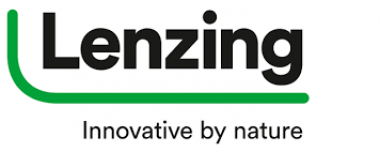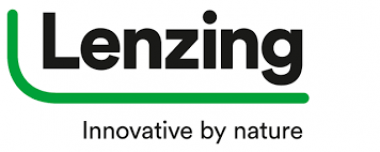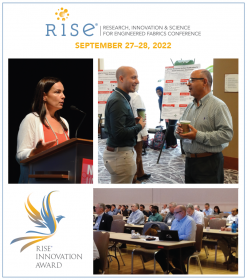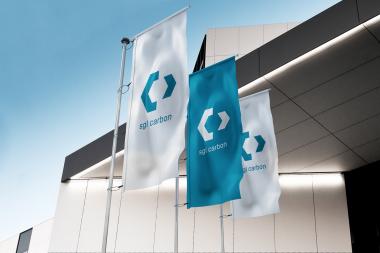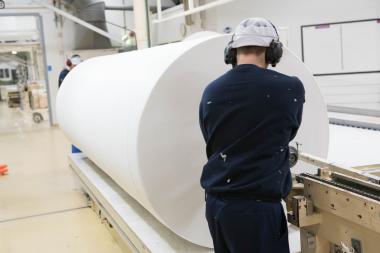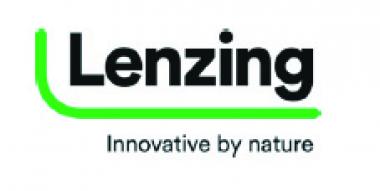North American Nonwovens Industry Outlook 2022-2027 released
INDA, the Association of the Nonwoven Fabrics Industry, has released a new report, North American Nonwovens Industry Outlook, 2022-2027. This report is the twelfth edition detailing demand data for 2017 through 2022, with forecasts to 2027 and provides analysis across end-use markets through 2027.
It includes:
- Economic and population drivers contributing to market growth over the next 5 years for markets in the U.S., Mexico, and Canada.
- Disposable, Filtration, Wipes, Medical and Other applications.
- Long-Life durable sectors for Transportation, Building and Construction, Furnishings, Geo and Agro Textiles, and Apparel.
- Key drivers for the demand models and reasons for market upsets like the COVID pandemic.
- A summary of historical and future trends that will affect the nonwovens market.
The report provides analysis across all nonwoven end-use markets, providing a comprehensive and accurate view of the total North American nonwovens industry. INDA redesigned this report to support strategic business planning and decision-making. The projections in the report were made by analyzing current market trends and drivers to highlight the market potential in terms of dollar value, units, and volume in both square meters and tonnage.
The new North American Nonwovens Industry Outlook report is available at 6,000.00 $, the discounted member price is 4,500.00
Association of the Nonwoven Fabrics Industry





